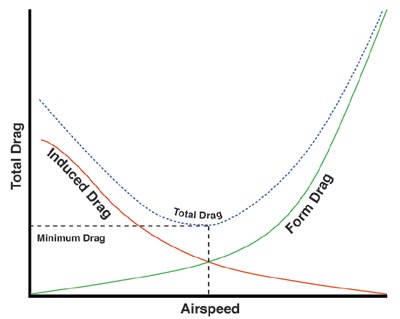I was not overly excited, because I felt I was getting back into a situation that was very much like the one I had just left, only it looked even more shaky. PacEx had started with 7 planes, Flex with 3. This indicated to me that it was starting with even less financial backing. A real shoe string operation. In my mind, I was in a holding pattern.
After our breakfast, Bob took me down to the tiny operations office, below the gates in the airport terminal. I was watching the operation and meeting my new friends. I asked Dixon how fast they were flying the airplanes. He said, "We are flying them at the barber pole, just like USAir. We tried that 250 knot shit you were doing at Pacific Express and felt it was behind the power curve." Barber pole means the maximum speed on the airspeed indicator. Power curve is an engineering term. In this case, Bob meant he thought it was inefficient to fly slower than the max speed. He was wrong. Being the new guy (FNG), I did not argue too much, but said, "You are really going to feel behind the power curve when you start getting your fuel bills."
You can see that there is an optimum "sweet spot" in the curve above relative to speed. Drag increases above and below that spot. Dixon thought flying too slowly was increasing drag to an unacceptable level on the slow side of the spot.
My company indoctrination class was with a guy named Victor. He was a freaking genius. When you talked to him about Federal Aviation Regulations (FAR), he could tell you the regulation number and the page on which it appeared in the J-Aids, the manual with FARs that we were required to lug around. We went to a local Pizza Hut, with a copy of the company Flight Operations Manual (FOM) and ordered a pizza and some beers. We soon learned that both PacEx and Flex had borrowed USAir's FOM and they were virtually identical. After a couple beers, Vic said, "You know all this shit." and we got to know each other better. He is a great guy, far smarter than everyone he has to deal with, but a very gracious and fun guy to hang out with. We are still in touch and still friends to this day.
The big airports broadcast what is called Automatic Terminal Information Service (ATIS) on a radio frequency. You can tune in and copy all the pertinent information, including weather and active runway. They change it every hour or when there is a significant change in the information during the hour. It is assigned a name from the phonetic alphabet each time it is changed. For example, the first one would be Alpha, then Bravo, Charlie, etc. The phonetic word for the letter V is Victor and we all called our brilliant friend Information Victor, because you could always rely on him to have the pertinent information.
At the start up of the airline, the guy they had depended on to run the dispatch department showed up unprepared and Victor took over, running it all off the top of his head. Incredible.
I had to get a company specific flight check ride from a check airman. Because Florida Express was so new, their check airmen couldn't do it and there were a couple guys I knew from USAir, who were assigned to do that kind of stuff for Flex until everyone got up to speed. I took great pride and pleasure in being able to make a landing that watered the eyes of my old friend, Frank, who I actually first met when I was married to April. Remember, she had been an Allegheny Airlines (USAir prior to a name change) flight attendant. For the record, he pranged his landing.
After I was checked out, I started getting some flying assignments, even though I was an extra guy. I was kind of a reserve pilot. The first guy I flew with was Larry. When we met, he said, "So you're the guy from Pacific Express?" I said yes. He rather sternly said, "Well, we're going to take it easy tonight." You may remember my conversation about believing a first officer should always operate within the captain's comfort zone. This was a prime example of what I was talking about. I had flown this airplane type in an airline environment for the previous year, but almost all of the Flex captains were very new. They had only been operating for 2 or three weeks. They were not yet completely comfortable and did not want to see any gee whiz stuff. I nodded to Captain Larry. I would be flying very conservatively and checking with him to see what was OK and what was not. For example, I was flying a leg and saw the runway and told him I could take a visual approach if it was OK with him. He said he wanted to have the controller give us heading vectors to go out and fly the full ILS approach. No problemo, Captain.

"Information Victor", excellent!
ReplyDelete